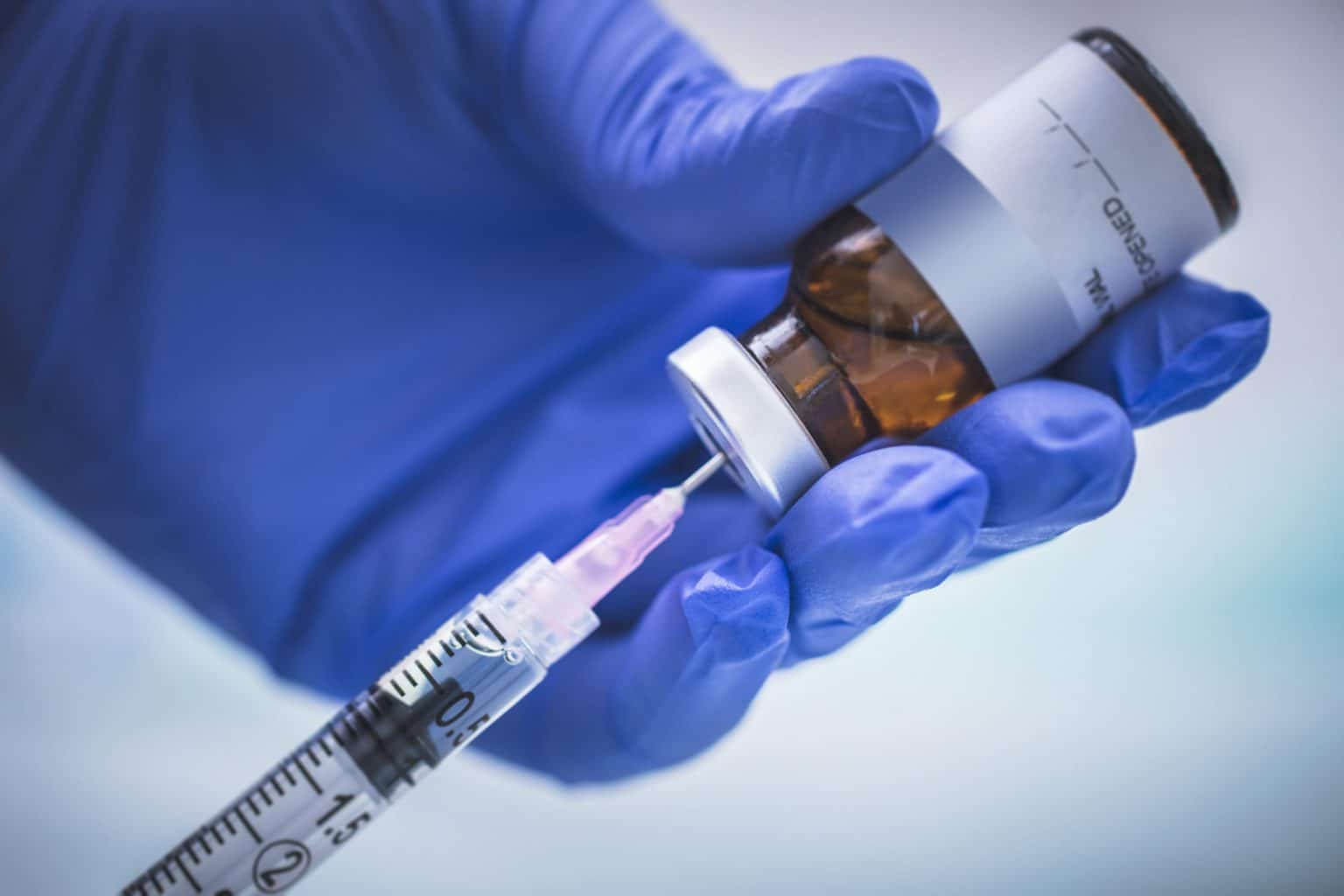What Is Allergy Immunotherapy?
While medications like decongestants and antihistamines treat allergy symptoms, immunotherapy treats the condition itself. It is a reliable treatment option if you want to reduce your use of allergy medication or find that it doesn’t relieve your symptoms. At Alpine Ear Nose & Throat PC, we can help determine if allergy immunotherapy is a good fit for you and get you started with treatment.

How Does Immunotherapy Work?
Allergy symptoms are the result of the immune system overreacting and producing antibodies to attack an allergen. Consistent exposure to small but increasing doses of an allergen helps desensitize your immune system to it.
With immunotherapy, your body eventually learns to tolerate the allergen, which results in fewer symptoms when you are exposed to it.
There are two main types of allergy immunotherapy: allergy shots, or subcutaneous immunotherapy, and allergy drops, or sublingual immunotherapy.
Allergy Shots
Allergy shots are the most common form of immunotherapy. Treatment consists of regular weekly injections for three to five years and is often used for seasonal, indoor or insect sting allergies. Shots are not available for food allergies or chronic hives.
Like other forms of immunotherapy, the goal of allergy shots is to help your body get used to the allergen slowly until you eventually develop immunity or tolerance to the allergen. Allergy shots occur in two phases: the build-up phase and the maintenance phase.
- During the build-up phase, a small amount of the allergen is injected into the upper arm once or twice a week for several months. The dosage is gradually increased at each visit, and the length of the build-up phase may be adjusted based on your body’s reaction.
- When you have reached the highest dose of the allergen your body can handle without showing symptoms, the maintenance phase will begin. The dosage is no longer increased at each visit, and the number of shots is decreased.
After receiving the shot, you’ll remain in our office for 30 minutes in case you have a reaction.
Allergy Drops
Allergy drops are administered under the tongue. You’ll place liquid or a tablet containing a small amount of allergen and let it dissolve under your tongue. Similar to allergy shots, you’ll typically take drops weekly for several years with the goal of building up tolerance or immunity.
This treatment has been approved by the FDA for allergies to dust mites, ragweed and certain types of grass.
The first dose of allergy drops will be administered at our office. You’ll then stay for 30 minutes to ensure that you don’t have a severe reaction. After that, allergy drops can typically be self-administered at home.
Are There Any Risks with Allergy Immunotherapy?
Because immunotherapy contains a substance you are allergic to, there are some risks involved. Our team at Alpine Ear Nose & Throat PC will help you manage any side effects that may arise.
Swelling and redness usually develop at the site of an allergy shot injection but are quick to clear up. Sneezing, nasal congestion and hives may develop as well as more severe reactions such as wheezing or chest tightness. Anaphylaxis, the most serious reaction, rarely occurs.
Side effects to allergy drops are usually mild, ranging from localized itching in the mouth to intestinal discomfort. They often go away after several weeks.
Find Relief from Allergy Symptoms
If your allergies are more severe or other medications are not effectively relieving your symptoms, immunotherapy may be a good option. For those willing to commit to weekly drops or shots for several years, it is an opportunity to treat allergies directly rather than responding to the symptoms. At Alpine Ear Nose & Throat PC, we can help you determine if this treatment is a good fit for you and support you throughout your treatment.
Call Alpine Ear, Nose & Throat at for more information or to schedule an appointment.